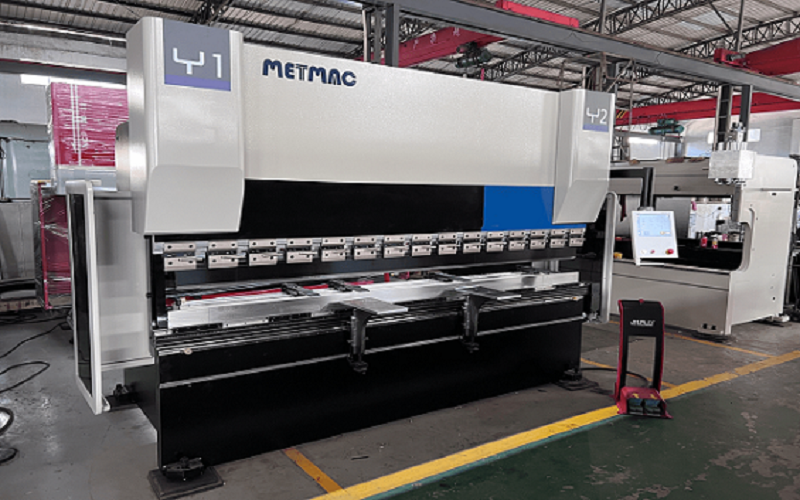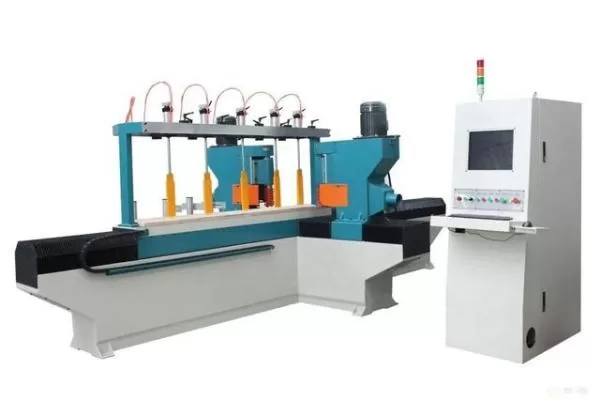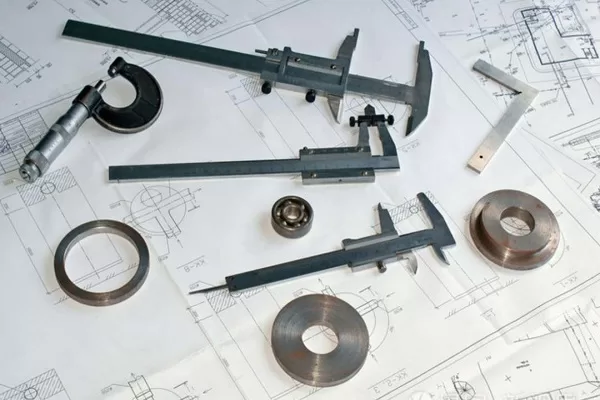
Best Practices for Operating a Metal Plate Bending Machine
- By:Metmac
- 2024-09-05
- 83
Metal plate bending machines are essential tools in various industries, allowing for the precise shaping of metal sheets into desired forms. To ensure optimal performance and safety during operation, adhering to best practices is crucial. This article provides a comprehensive guide to the best practices for operating a metal plate bending machine, covering essential aspects from preparation to maintenance.
Preparation
Prior to operating the machine, thorough preparation is necessary. Inspect the machine to ensure it is in good working condition, with all components securely fastened and no apparent damage. Choose the appropriate tooling for the job, considering the material thickness, bend radius, and forming angle. Ensure the workpiece is free of debris, rust, or imperfections that could affect the bend quality.
Machine Setup
Once prepared, set up the machine according to the job specifications. Determine the correct blade gap and ram travel, using the machine’s controls or reference charts. Adjust the table height and parallelism to achieve the desired bend angle. Verify the setup by performing a test bend on a scrap piece of material before proceeding with the actual bending.
Bending Technique
Proper bending technique is essential for achieving precise and consistent results. Insert the workpiece into the machine and position it securely against the back gauge. Gradually apply pressure with the ram until the desired bend angle is obtained. Avoid overbending or applying excessive force, as this can damage the workpiece or the machine. If necessary, adjust the hold-down clamps to prevent the workpiece from slipping or twisting.
Safety Precautions
Operating a metal plate bending machine involves potential hazards that must be addressed for safety. Wear appropriate personal protective equipment, including gloves, safety glasses, and earplugs. Keep hands clear of the bending area during operation. Ensure the machine is grounded properly to prevent electrical shock. Regularly inspect the machine for any signs of wear or damage that could pose a safety risk.
Maintenance and Troubleshooting
Regular maintenance is essential to ensure optimal machine performance and longevity. Lubricate moving parts as per the manufacturer’s recommendations. Clean the machine thoroughly after use to remove debris and prevent corrosion. If any issues arise, refer to the machine’s troubleshooting guide and contact qualified personnel if necessary.
Adhering to best practices for operating a metal plate bending machine is paramount for achieving desired results, ensuring safety, and extending the machine’s lifespan. By following the guidelines outlined in this article, operators can effectively bend metal plates, producing high-quality products efficiently and safely.
-
The Advantages of Using a Sheet Roll Forming Machine in Manufacturing
2024/09/14 -
How to Optimize Your Laser Sheet Cutting Machine for Maximum Performance
2024/09/12 -
How to Maximize Efficiency with Modern Sheet Metal Working Machines
2024/09/04 -
The Environmental Benefits of Using Duct Board Grooving Machines
2024/09/03
-
A Guide to the Latest Innovations in Sheet Metal Folding Machines
2024/11/29 -
Key Features to Consider When Investing in a Sheet Metal Folding Machine
2024/11/28 -
Enhancing Precision with Advanced Sheet Metal Folding Machines
2024/11/27 -
How to Choose the Right Sheet Metal Folding Machine for Your Workshop
2024/11/26



